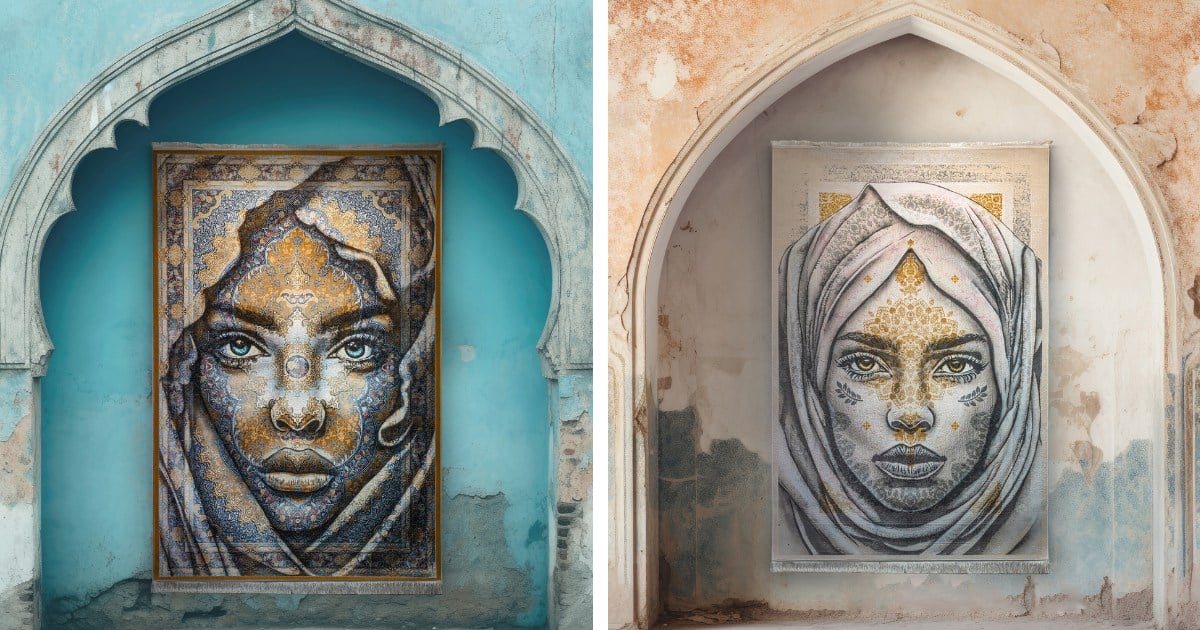The Absolute Restoration of All Things
2022 - Installation (Installation)
8:58 minutes
Miguel and Natalia Fernández de Castro and Mendoza
The Absolute Restoration of All Things is a collaboration by artist Miguel Fernández de Castro and anthropologist Natalia Mendoza. For this project, Fernández de Castro and Mendoza researched the 2014 court case that shut down Penmont Mining’s operations in the middle of the Sonoran desert. The lawsuit was brought to court by the “ejidatarios” (communal land holders) of El Bajío, Sonora, who claimed that their territory was illegally occupied and exploited, causing an irrevocable environmental impact on their land. The installation consists of a sculpture and a film. The sculpture is made out of the plywood and metal clamps that served to create a 70 x 70 x 70 cm cube of rammed earth that was placed in the center of the pit of the decommissioned gold mine. Its volume is equivalent to that of the amount of gold that has been extracted over three years at El Bajío. On site, a plate next to the cube reads: Between 2010 and 2013, the Penmont Mining company illegally extracted 236,709 ounces of gold, according to its own reports. To do this, they blew up and moved 10,833,527 tons of stone. The decision of the Unitary Agrarian Court of the 28th District, issued on December 8th, 2014, obliges Penmont to return the extracted gold, which would take the shape of a 70 x 70 x 70 cm cube and would have a value of 436 million dollars. — Ejido El Bajío, February 2022 The film’s aerial images, in conjunction with the documentation of the earth cube being produced, showcase the contrast in scales between the massive open pit and the small volume of soil representing the extracted gold—clearly demonstrating the environmental damage caused by the mining industry. The footage is juxtaposed with a voiceover narration quoting from geographer and ethnologist Carl Lumholtz’s 1909 prospecting visit to the western District of Altar, near the desert of Sonora, in search of new economic opportunities, among which gold mining. The installation as a whole allows the viewer to connect the sculpture with the site in the Sonoran desert. It also speaks to the impossibility of this historic legal verdict to settle the issue of land rights and the limits of the legal language that protects it. Like the film explains, two subsequent court rulings have obliged Penmont Mining to an unattainable task: “to fully restore the ecosystem that prevailed in this place, with its hills, mountains, waters, air, flora, and fauna that existed before.” As put by Fernández de Castro and Mendoza, one wonders to which original state?
Miguel Fernández de Castro has established an original and autonomous practice engaging in long term projects and deep research into the Mexican socio-political context, particularly in his native borderland state of Sonora. Through photography, video, sculpture, and writing, Fernandez de Castro has developed a body of work that operates in the fringes of the private and the public, and examines how extractive and criminal economies materially transform landscapes and territories, while looking at the historical ties between environmental catastrophe, smuggling routes, and forced disappearance. As opposed to previous generations of Mexican artists who have addressed the borderlands as cultural constructions, Fernández de Castro examines them as productive spaces where new forms of criticism, action, and value come into being. His practice brings a new perspective to persisting problems and topics in Mexican reality. Natalia Mendoza is an anthropologist. Her work examines the convergence of legal and illegal economies, as well as the overlaps between state and criminal violence in the US-Mexico borderlands. In 2020, Mendoza won the José Revueltas-INBA National Essay Award for her collection of essays on disappearance, funerary rituals, and political imagination.
Colors:
Related works sharing similar palette
» see more
Related works found in the same semantic group
» see more

© » KADIST
Antonio Caro
2016Juego de Banderas (a play on words that loosely translates to both set of flags and game of flags) is a triptych of modified Colombian flags by Antonio Caro...

© » KADIST
Jakrawal Nilthamrong
2018Invalid Throne by Jakrawal Nilthamrong is a 35mm film that searches the protagonist Kamjorn Sankwan’s memory and connection with the land he grew up in...

© » KADIST
Urban Fauna Lab
2017Misting Miner is a vapor sculpture by Alexey Buldakov from the Urban Fauna Lab collective that gives material form to the invisible phenomenon of mining cryptocurrency...





